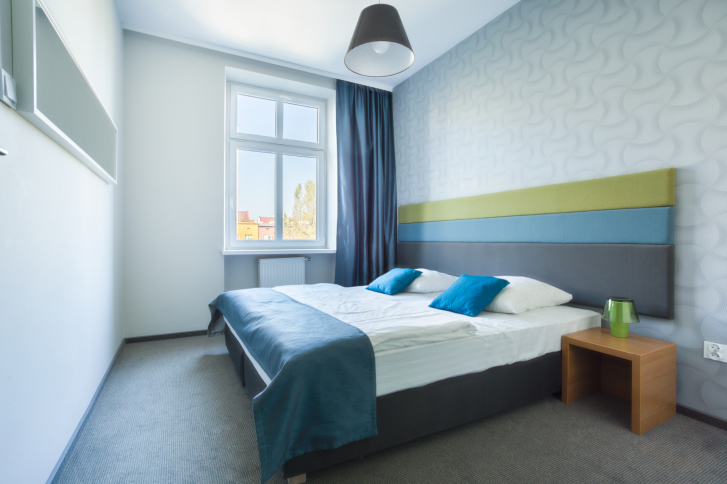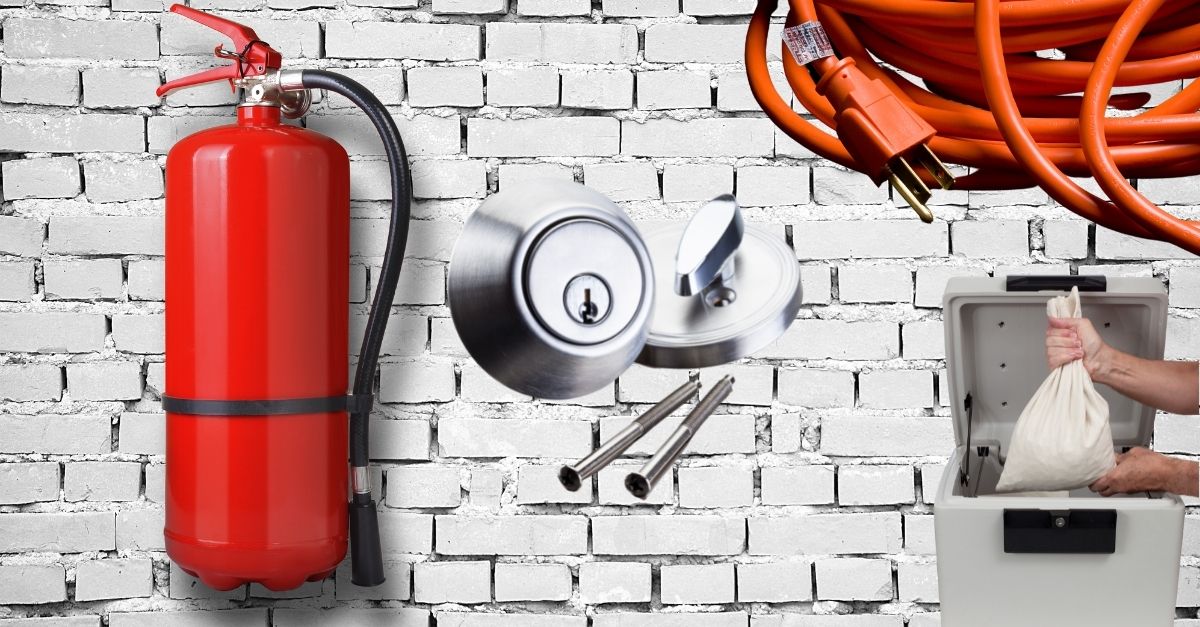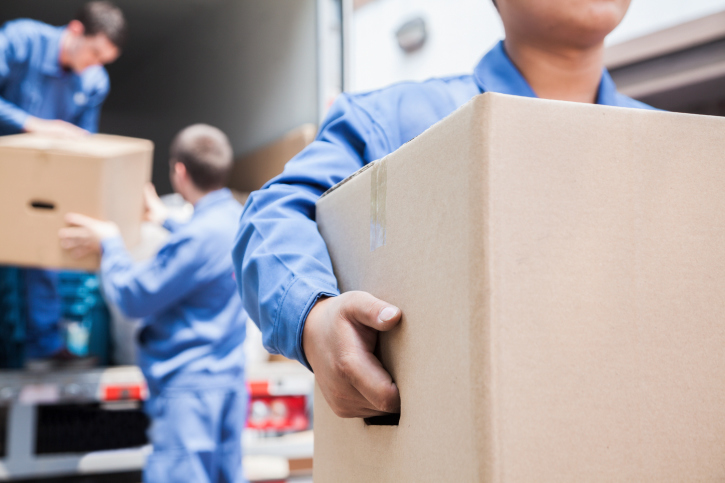 Starter homes are incredibly popular for young couples who plan to have a family in the future but don’t need a large place yet.
Starter homes are incredibly popular for young couples who plan to have a family in the future but don’t need a large place yet.
Life moves pretty fast sometimes and many couples find themselves expecting children before they have begun to look for the next home. This shouldn’t be a problem, as moving into a larger home before the baby arrives can be a lot easier than it appears.
Always Move Before The Baby Is Born
There is a choice when upgrading a home for children: moving beforehand and settling down in advance of having kids or waiting until after having the child and dealing with a move later on.
It may be tempting to wait until the stress of a pregnancy is over to move into a larger home. After all, selling and buying houses can be a tiring process for anybody, let alone expectant parents. Just remember, no matter how difficult or stressful the move is it will be one hundred times worse after having kids.
Work With A Professional To Help Coordinate The Move
There is nothing wrong with rushing through a purchase or the sale of a home, as long as everything is done correctly. A situation like this is never the right time to assume control and responsibility for every aspect of the move.
A real estate professional, once told of the situation, will know exactly how to handle everything. From preparing a current home for sale to finding a larger house in the right price range, a professional will have experience in coordinating the process.
Prepare For The Move In Stages
The best way to go about facilitating a quick move is to go in steps. Everything in the house that is not necessary to the staging should be boxed up and moved into temporary storage before the home is shown.
This is beneficial because it removes all clutter from the house and helps to make a quick sale and also allows for many personal items to be moved into the new house without having to wait for the current home’s sale to close. Instead of one gigantic move, the process can be broken down into several smaller moves to relieve some stress.
When there is a deadline on a move, you can increase your chances of selling your current home and buying a new one by using the services of a real estate professional. When things are done fast they need to be done right and a professional with experience can facilitate the entire process while making sure nothing slips through the cracks.
 If you’re moving from a large home into a smaller house or condo, you’re probably looking forward to enjoying a lower utility bill and not having to do as much cleaning. But before you move, you’ll want to take certain precautions to ensure that you’re not overwhelmed.
If you’re moving from a large home into a smaller house or condo, you’re probably looking forward to enjoying a lower utility bill and not having to do as much cleaning. But before you move, you’ll want to take certain precautions to ensure that you’re not overwhelmed. Many people make the decision to move from the country or the suburbs into the heart of the downtown area for a number of reasons, such as to enjoy proximity to work or to enjoy the urban lifestyle. With the higher cost of real estate in central urban areas and with real estate space at a premium, many who make the decision to relocate will need to downsize from a larger house to a smaller condo or apartment. While this can be challenging, it can be accomplished by following a few steps.
Many people make the decision to move from the country or the suburbs into the heart of the downtown area for a number of reasons, such as to enjoy proximity to work or to enjoy the urban lifestyle. With the higher cost of real estate in central urban areas and with real estate space at a premium, many who make the decision to relocate will need to downsize from a larger house to a smaller condo or apartment. While this can be challenging, it can be accomplished by following a few steps. Moving into your first home is an exciting experience, but it can also be overwhelming. To manage the move properly, you need a wide variety of tools you may never have considered before. You may not realize you should have purchased a certain item until you need it.
Moving into your first home is an exciting experience, but it can also be overwhelming. To manage the move properly, you need a wide variety of tools you may never have considered before. You may not realize you should have purchased a certain item until you need it.  Relocating to a new area can be exciting, but it can also be expensive. There are many resources to help, but most cost money. However, if you take your time and plan carefully, you can reduce the expense so you don’t start your new life with new debt. Here are three tips to controlling your moving budget.
Relocating to a new area can be exciting, but it can also be expensive. There are many resources to help, but most cost money. However, if you take your time and plan carefully, you can reduce the expense so you don’t start your new life with new debt. Here are three tips to controlling your moving budget. Many buyers anticipate the day they drive to their new home. Then it happens: the movers pull up. It’s time to move everything in. This can be a daunting task, but following a few steps will break down the work and careful planning will maximize space in the years ahead.
Many buyers anticipate the day they drive to their new home. Then it happens: the movers pull up. It’s time to move everything in. This can be a daunting task, but following a few steps will break down the work and careful planning will maximize space in the years ahead.